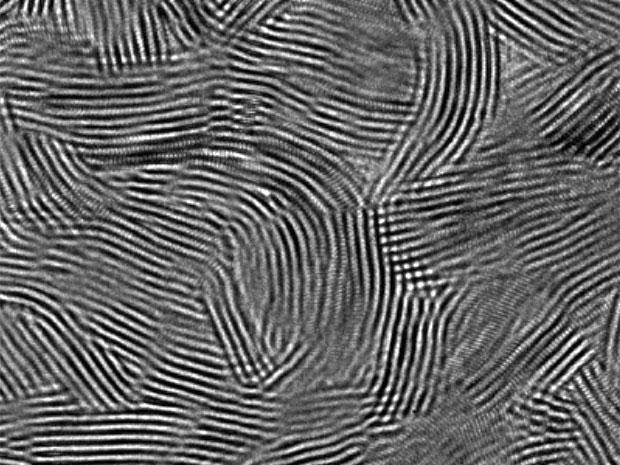Now scientists at the U.S. Department of Energy’s SLAC National Accelerator Laboratory and Stanford University have supplemented a novel technique to water purification. The technique is with the use of a nanomaterial that can on an average destroy 99.999 percent of bacteria in water in just 20 minutes. Such a process, otherwise, would have taken almost two days if the ultraviolet rays from the sun have been used as a disinfectant.

Figure 1: Nanotechnology purify water by light
The main reason for the slow process of UV treatment is that ultraviolet rays account for approximately 4 percent of the total solar energy emphasized on the water being irradiated. The total amount of energy introduced to withstand was the overall motive of the experiments.
As per the details of the study, researchers successfully shifted molybdenum disulphide films vertically on the glass surface so that it is possible for the pane to make use of the completely visible solar spectrum. The walls of the molybdenum disulphide created a sort of maze on the glass and displayed like fingerprints on the glass. Such a device, which is approximately half the total size of the postage stamp, can conveniently absorb approximately 50 percent of the total sun’s energy with the use of the full spectrum of visible light – a great gap beyond the potentials of UV-only gadgets.
“Our device appears like a small rectangle of black glass. We simply dropped it into the water and placed everything under the sun and then the sun completed all the remaining work,” says Chong Liu, head author of the study.
The two-dimensional form of molybdenum disulphide utilized by the experts has been seeking the interest of scientists for its solar absorption potentials over the past couple of years. What the scientists from Stanford and SLAC have done is placed a sleek layer of copper on top of MOS 2 walls to recognize a photo catalyst that is boosted when sunlight hits the walls. Such a catalyst instigates a chemical reaction that generated bacteria-killing “reactive oxygen species” like hydrogen peroxide.
While it has been confirmed by the scientists that the material cannot discourse all types of pollutants present in water that is it would not flush out all the chemicals present in water, they have revealed that it can destroy three distinct sorts of bacteria. The scientists also claim that there is no specific reason to confirm that such a procedure could not kill or destroy bigger specie of bacteria.
Conclusion – Now that it has been confirmed that the material can destroy almost every type of bacteria, researchers are also experimenting to find out that whether it may also be able to kill viruses present in water or not.
Filed Under: News


Questions related to this article?
👉Ask and discuss on EDAboard.com and Electro-Tech-Online.com forums.
Tell Us What You Think!!
You must be logged in to post a comment.